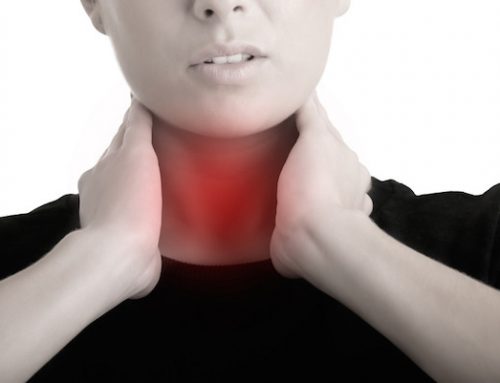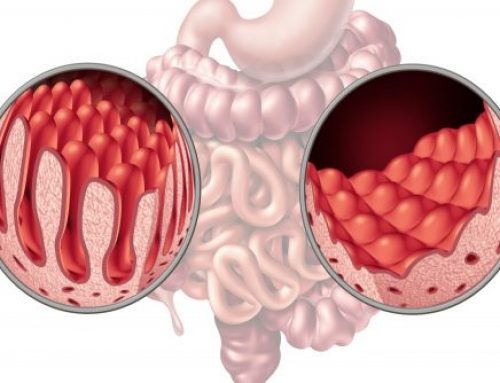“Detection of GIP for monitoring adherence to the Gluten-Free Diet is a good help, but, unfortunately, its practice is still rare.” – Luis Rodrigo Saéz
We had the opportunity to talk about celiac disease with Dr. Luis Rodrigo, Digestive Physician specializing in Celiac disease, Emeritus Professor of the University of Oviedo and member of the Spanish Society of Celiac Disease. In this interview, Dr. Luis Rodrigo has told us about increasing incidence of this disease, characteristic symptoms in children and adults, as well as clinical utility of detection of GIP in celiac patients.
Here, we leave you the questions about celiac disease …
Luis Rodrigo Sáez, how did the link between your professional career and Celiac Disease begin?
“Approximately 25 years ago, I realized that there were many cases of patients who came to me being previously labeled for other diagnoses, such as irritable bowel syndrome, chronic gastritis, gastroesophageal reflux, who were really celiac.”
Are cases of celiac disease increasing? Why is celiac disease such a difficult disease to diagnose?
“It is clear that more and more cases are being diagnosed, probably because digestive specialists have generally realized that this disease is much more frequent than previously thought. It is not as difficult to diagnose as you think. You just have to look for it and with a little experience, it can be identified with relative ease”.
What are the main symptoms of Celiac Disease in children? How does it affect their growth? And in adults?
“The symptoms are very similar in children and adults. They consist of slow and heavy digestions, accompanied by abdominal distension with abundant gases, reflux symptoms, abdominal pain and alteration of the intestinal habit, both in the form of diarrhea and constipation. In children it can affect a lot and in adults little or nothing, as they only grow into adolescence”.
In celiacs, what are the consequences of small inadvertent gluten intakes, when they are repeated?
“Well, it depends on the amount of gluten that is ingested. They are always annoying, since in most cases they are accompanied by a reproduction of previous symptoms, so we must always try to avoid them”.
What follow-up should a celiac patient be carried out once diagnosed?
“It is advisable to do a follow-up at least annually, including a visit to the specialist, to check if everything is going well or if new symptoms have appeared. All this must be accompanied by a comprehensive analysis and adequate dietary control”.
Latest results have shown that the majority of patients who consume gluten and have villous atrophy have a negative serology as a result, what consequence would it have in clinical practice? How could these false negatives be corrected?
“The serology is usually negative when there is no villous atrophy, since there is a parallel between the positivity of the serology and the presence of villus atrophy in general.”
What do you think about the detection of GIP for monitoring adherence to the Gluten Free Diet? How useful would you see a test, based on the detection of GIP, that the celiac patient could perform at home
“It is very good, it is a good help, but unfortunately its practice is still unusual.”
Finally, we would like to thank Dr Luis Rodrigo Saéz for his willingness and collaboration. Thanks a lot!







